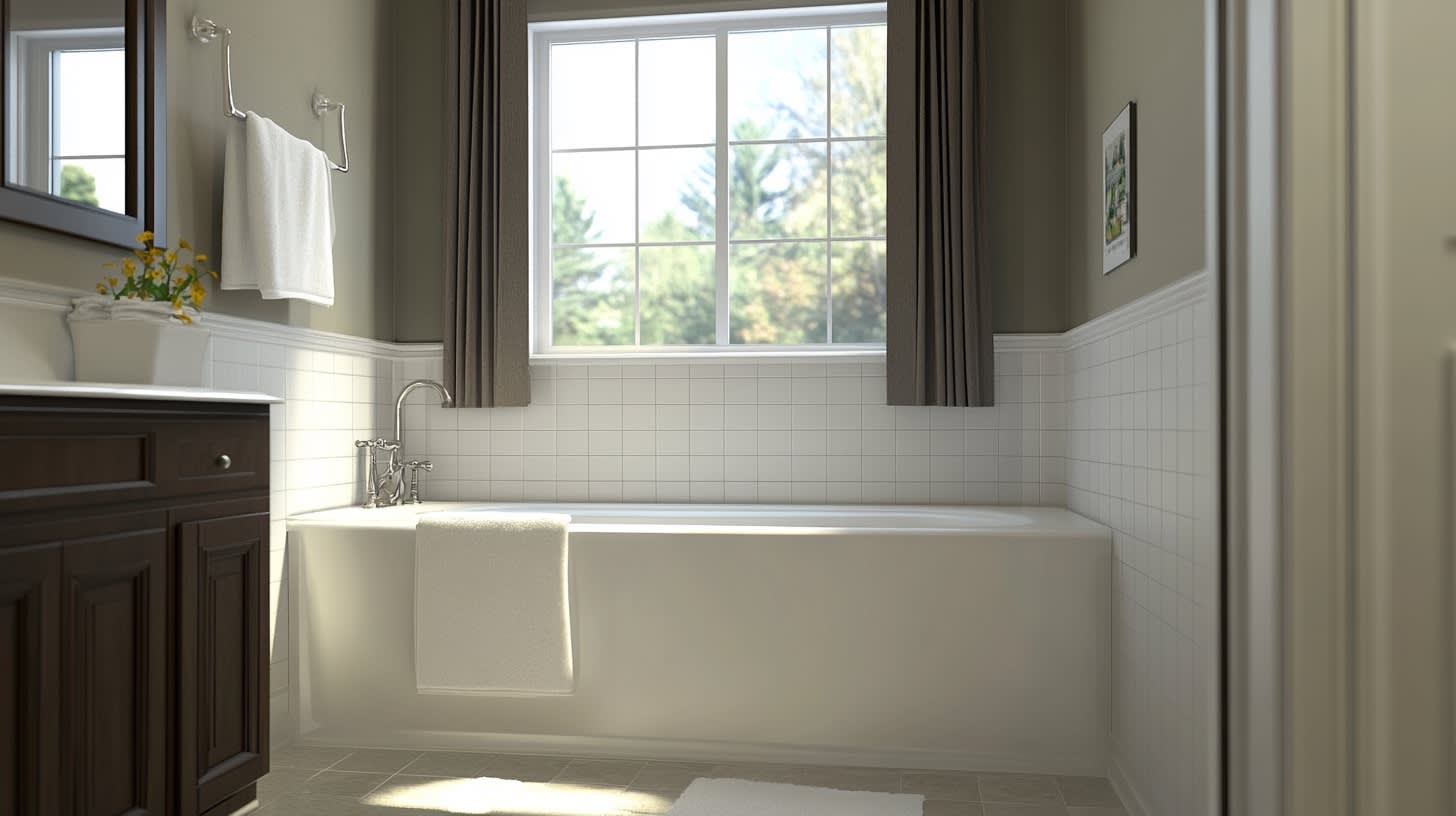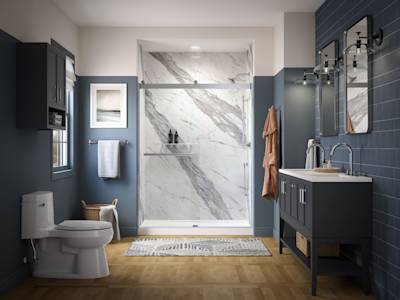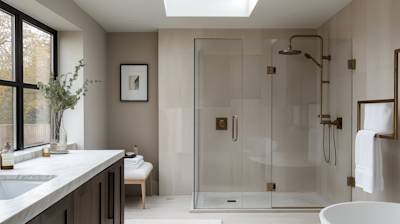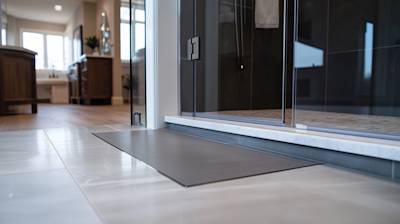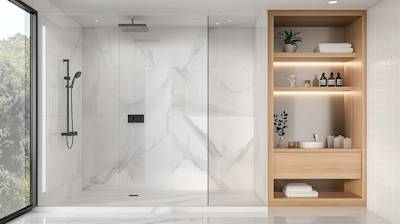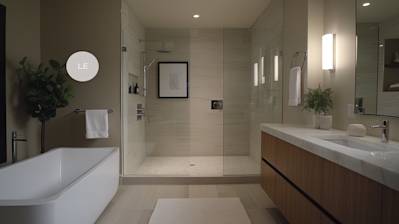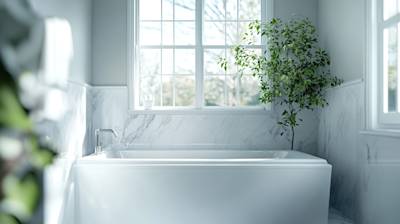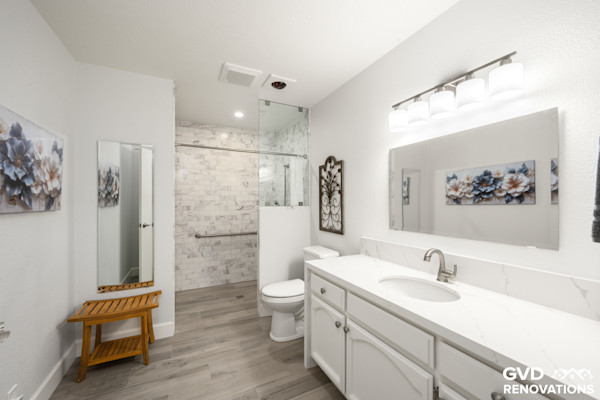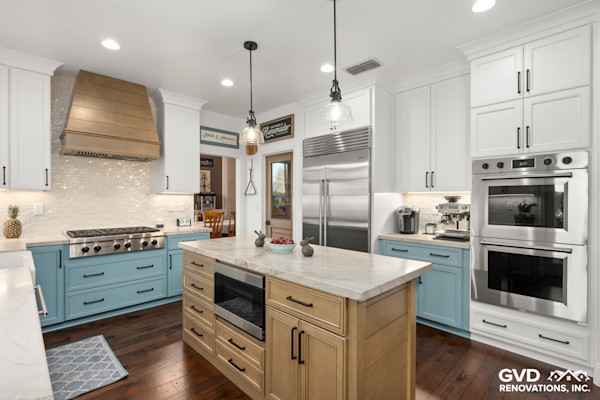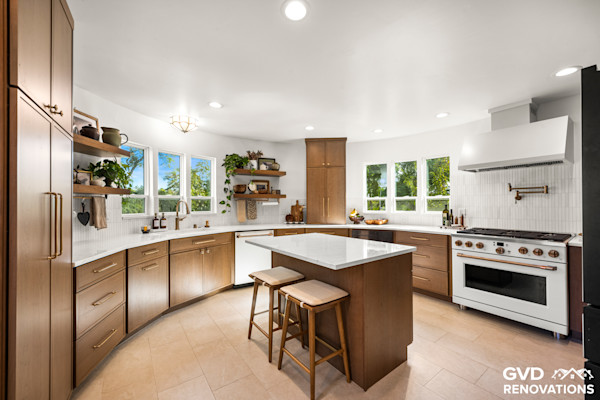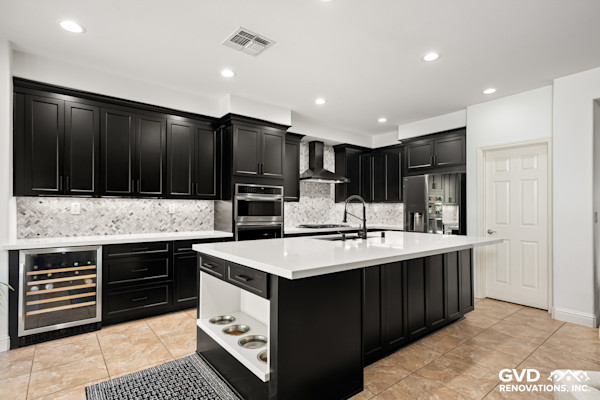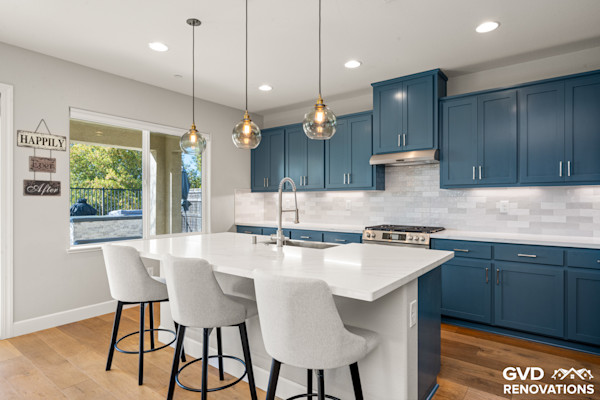When it comes to home transformations, bathroom renovations rank high on the list. Homeowners have a wide array of options to choose from, like modern fixtures, heated floors, or an expanded counter space. Among all these options, a popular choice is tub to shower conversions. This comprehensive guide will delve into various essential aspects surrounding tub to shower transformations, providing detailed insights and useful tips.
Why Opt for Tub to Shower Conversion?
Bathtub to shower conversions have become increasingly popular due to several reasons:
- Better functionality: Showers are typically more practical and convenient, requiring less time and water than a traditional tub.
- Safety issues: Tubs can pose a risk, especially for the elderly and children, due to slipping. Showers are a safer option and easier to access.
- Space maximization: Showers usually occupy less space than tubs, helping to optimize the space in your bathroom.
Essential Considerations for a Tub to Shower Conversion
Carrying out a tub to shower conversion is not a small project and needs careful planning. Here are some critical factors that you need to consider:
- Budget: Your budget will significantly determine the scope and the quality of fixtures you can incorporate into your project.
- Space and layout: Take accurate measurements of your bathroom space. Keep in mind that regulations require a shower space to be at least 30 inches by 30 inches.
- Plumbing Changes: Depending on the location of your tub and your new shower design, plumbing alterations might be necessary.
- Shower Base: You can choose from ready-made bases available in various materials and shapes, or have a custom one.
The Tub to Shower Conversion Process
While the process of converting a tub to shower varies based on several factors, including the type of tub and the desired shower, here's a general step-by-step guide to perceive what the process entails:
Removal of the existing tub: The first step is to remove the existing tub. Helpers might be necessary as tubs can be heavier than expected, especially if it's a cast-iron tub.
Prepare the area: Now, clean the area and remove any remaining debris. You also need to prepare the area for new plumbing lines if needed.
Install the new shower base: The next step is to install the new shower base or pan. Make sure it is leveled correctly to prevent future leaks.
Updating utility lines: If necessary, update the water supply and drain lines.
Assemble the shower unit: Now, assemble the new shower unit. Most shower unit kits have detailed instructions from the manufacturers.
Apply finishing touches: Apply paint where necessary, install the shower doors, add the shower head and faucet, and any other amenities you prefer.
Remember, while it is possible to embark on this as a DIY project, it might be prudent to hire professionals, especially when plumbing modifications are involved.
The Power of Personalization: Customizing Your Shower
Customization can help you tailor the new shower space to suit your needs and preferences:
Showerheads: A standard, handheld, or a rainfall showerhead? You have numerous options with different functionality and aesthetic appeal.
Shower doors: You might opt for frameless glass doors for a sleek look, or the traditional framed doors for a more robust feel.
Shower Tiles: Ranging from ceramic, porcelain, glass, or stone tiles, your selection can highly impact your shower's overall look and maintenance.
Extra Amenities: Add-ons like benches, multiple showerheads, grab bars, and built-in shelves can enhance your showering experience.
Here are some additional amenities you could consider:
- Soap and shampoo dish
- Towel rails
- Heated floors
Frequently Asked Questions about Tub To Shower Conversions
What might be the cost of a Tub to Shower Conversion?
Cost for a tub to shower conversion can vary greatly since it depends quite a bit on the labor rates in your area, the materials you select for your new shower, and whether any unforeseen complications arise during the process. However, for a basic conversion, you might expect to spend anywhere from $2,000 to $5,000 or more. It is recommended to reach out to a local plumber or bathroom remodeling contractor for an accurate quote.
How long does a Tub to Shower Conversion typically take?
The length of time it takes to convert a tub into a shower can largely depend on the specific circumstances of the job. Examples of factors that can influence this timing include the layout of your bathroom, the current condition of your plumbing, the particular fixtures and materials you've chosen, and whether any issues such as water damage or mold are discovered once the tub has been removed. Generally speaking, it could take anywhere from a couple of days to a week.
Can I do a Tub to Shower Conversion by myself?
While some people may choose to take on a tub to shower conversion as a do-it-yourself project, it's generally not recommended unless you have significant experience with plumbing and construction. There are numerous steps that need to be followed very precisely in order to avoid leaks, water damage, and other issues. Not to mention, there are building codes that need to be adhered to.
Is a permit required for a Tub to Shower Conversion?
Whether a permit is necessary for a tub to shower conversion will generally depend on the regulations in your specific city or county. In many cases, a permit will be needed for any project that involves changing the footprint of your bathroom or moving plumbing around. To be on the safe side, it's best to check with your local building department before starting your project.
I have a small bathroom. Is a Tub to Shower Conversion still possible?
Even if your bathroom is small, it is still usually possible to convert a tub into a shower. One common solution in this instance is to use a smaller, corner shower unit. This can actually help to make your bathroom feel larger by opening up more usable space. Consult with a bathroom renovation professional to explore your options.
What materials can be used for the wall surround in a Tub to Shower Conversion?
The wall surround in a tub to shower conversion can be made from a number of different materials, including tile, acrylic, fiberglass, cultured marble, and more. The material you choose will typically depend on your budget and the look you are trying to achieve. For example, tile can be more expensive, but offers a high-end look and can be customized with different styles and colors.
I'm worried about slipping. Is there a way to make my shower conversion safer?
Absolutely. If safety is a concern, there are several additions you can include in your tub to shower conversion to reduce the risk of slips and falls. These include non-slip flooring, grab bars, built-in seating, and handheld shower heads. All of these options can make it easier and safer to use your new shower.
Pros of Tub to Shower Conversions
Cost-effectiveness
Tub to shower conversions often prove to be more cost-effective in the long run compared to installing a brand new tub or maintaining an old one. This can be because the whole bathtub does not need to be replaced, only the fixture. Additionally, showers are generally more water-efficient, which can lead to decreased water bills over time.
Increased Space
In many cases, a shower can take up less space than a tub. This gives you more room in your bathroom and can make it feel less cramped. If you have a small bathroom, a tub to shower conversion can drastically improve the overall ambiance and functionality of the space.
User Accessibility
Some individuals may find climbing into a tub to be a challenge, particularly the elderly or people with mobility issues. A shower can provide easier access, especially if it is designed to be a walk-in. No step-over curb will significantly increase safety and convenience for those with limited mobility.
Wide Variety of Design Options
There is a wide array of designs and styles when it comes to showers, from frameless glass enclosures to subway tile surrounds. Choosing a shower over a tub gives you a plethora of design possibilities that can match any bathroom aesthetic.
Easier to Clean
Generally speaking, showers are easier to clean compared to bathtubs. There is less surface area to scrub and showers don't collect standing water as bathtubs do, which can lead to grime and mildew buildup.
Cons of Tub to Shower Conversions
Potential for Lower Resale Value
One of the biggest potential disadvantages is that removing all bathtubs from a home can lower its resale value. Many prospective homebuyers prefer to have at least one tub, especially those with young children or pets.
Higher Initial Costs
While a tub to shower conversion may be more cost-effective in the long run, the upfront costs can be quite high. This includes the cost of materials, labor, and potentially even plumbing changes.
Potential for Increased Water Usage
While showers are generally more water-efficient than baths, this isn’t always the case. The actual amount of water used often depends on the length of the shower. Long, hot showers can end up using more water than a bath.
Requires Professional Installation
A tub to shower conversion is not a do-it-yourself job. It requires professional installation to ensure that it is done properly. Failure to do so could result in leaks, poor installation, and other problems that could lead to costly repairs in the future.
Inconvenience during Conversion
Converting a tub to a shower can take several days, or even weeks if complications arise. During this time, the bathroom will be unavailable for use, which can be inconvenient, especially if you only have one bathroom.
Loss of Tub Benefits
While showers have considerable benefits, so do tubs. Soaking in a hot bath can bring significant health benefits ranging from improved sleep to lower stress levels. By converting to a shower, you would miss out on such benefits.
Aesthetics
While there are plenty of shower designs available, some people simply prefer the classic look and feel of a bathtub. A bathroom with a nice tub can often feel more luxurious and relaxing than one with just a shower.
Summary
So, there you have it - "Tub to shower conversions" can be an absolute game-changer in the world of bathroom renovations. It's a top choice for homeowners considering a change, not just for the aesthetic value but for improved functionality and convenience as well. The increased floor space, potential for accessibility enhancements, and a contemporary look are just a few reasons behind its rising popularity.
Sometimes, a bathtub is merely taking up vital space in your bathroom that you aren't really using. This is where tub to shower conversions can step in and change the game. They offer a practical solution for those looking to make the most out of their bathrooms. Plus, they're often quicker and less disruptive than a full remodel!
Finally, don't forget that tub to shower conversions can also significantly increase the value of your property. They're a practical and attractive upgrade that potential buyers will appreciate. While the initial cost might seem daunting, the return on your investment can be significant, making this a project well worth considering.
About GVD Renovations & Remodeling
At GVD Renovations & Remodeling, we are your neighbors offering a local touch to your home renovation projects. Headquartered in the heart of Roseville, CA, we're a well-established company, known for our dedication to quality, integrity and reliability. Equipped with a dedicated team of seasoned professionals, we specialize in residential and commercial remodeling and renovation projects. From kitchen & bathroom remodels to siding, windows, home additions and even commercial build-outs, at GVD, we're passionate about providing superior craftsmanship. We're all about blending creativity with practicality, delivering not just a home, but your dream space that's as unique as you are. Let's partner together to bring those dreams to fruition, one plank, and one tile at a time!
This article is for general information only and not professional advice. Always consult a licensed contractor before making project decisions. Product details, specifications, or warranties may have changed since publication. Brand and product mentions reflect opinion, not endorsements or guarantees.
Tags: Bathroom, renovation, home improvement,



